31. Setenil de las Bodegas, Spain
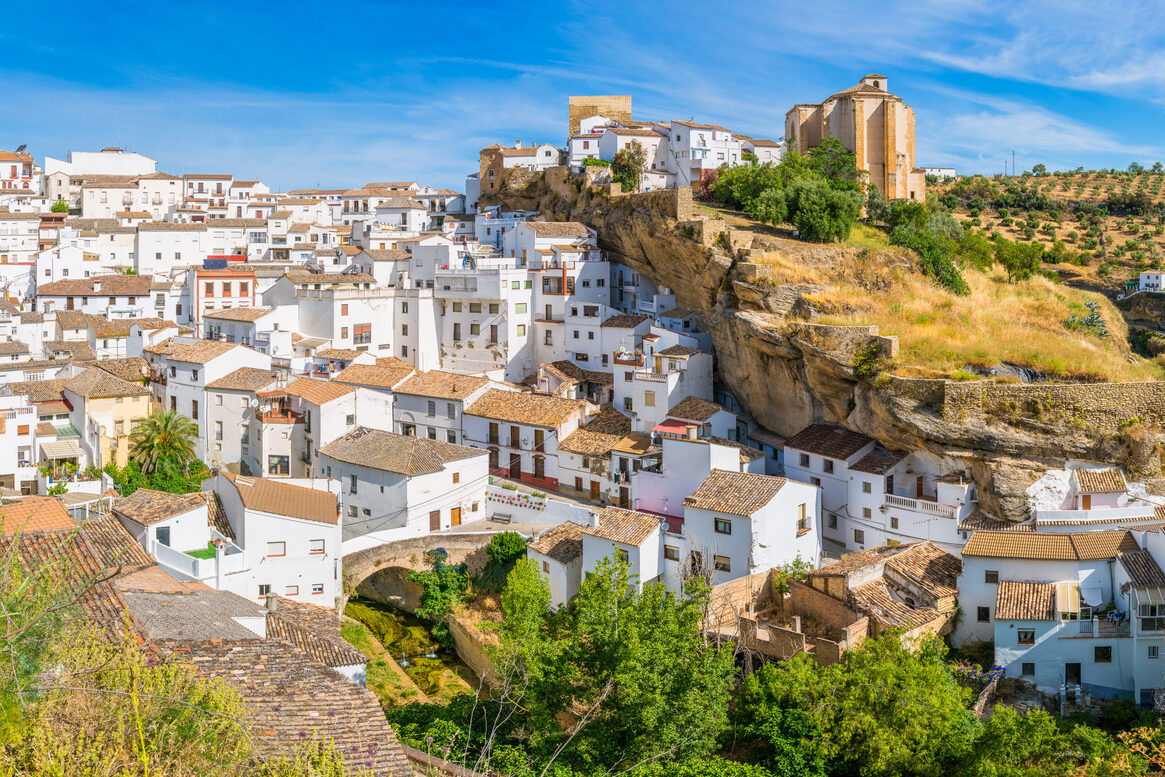
There is something magical about walking into a town where nature and architecture have decided to share the same space. In Setenil de las Bodegas, homes are tucked directly under massive stone overhangs, the rock acting as both wall and roof. Streets seem to disappear into cool, shaded archways while sunlight spills across bright white facades. Cafes, shops, and living rooms all coexist with the cliff above them, making the entire town feel like a natural extension of the land. It is a place where the earth is not conquered but embraced, and that is what makes it unforgettable.
30. Giethoorn, Netherlands

From the stillness of stone to the calm of water, Giethoorn invites you to slow down and float through life. This tiny Dutch village has no roads in its historic center, just narrow canals lined with thatched cottages and lush gardens. Locals and visitors glide along in small boats, passing under charming wooden bridges. Even the mail here arrives by water, making it feel like time has paused. The gentle sound of oars dipping into the canal replaces traffic noise, creating a soothing atmosphere that feels rare in today’s world. Giethoorn proves that sometimes less really is more.
29. Christiania, Denmark
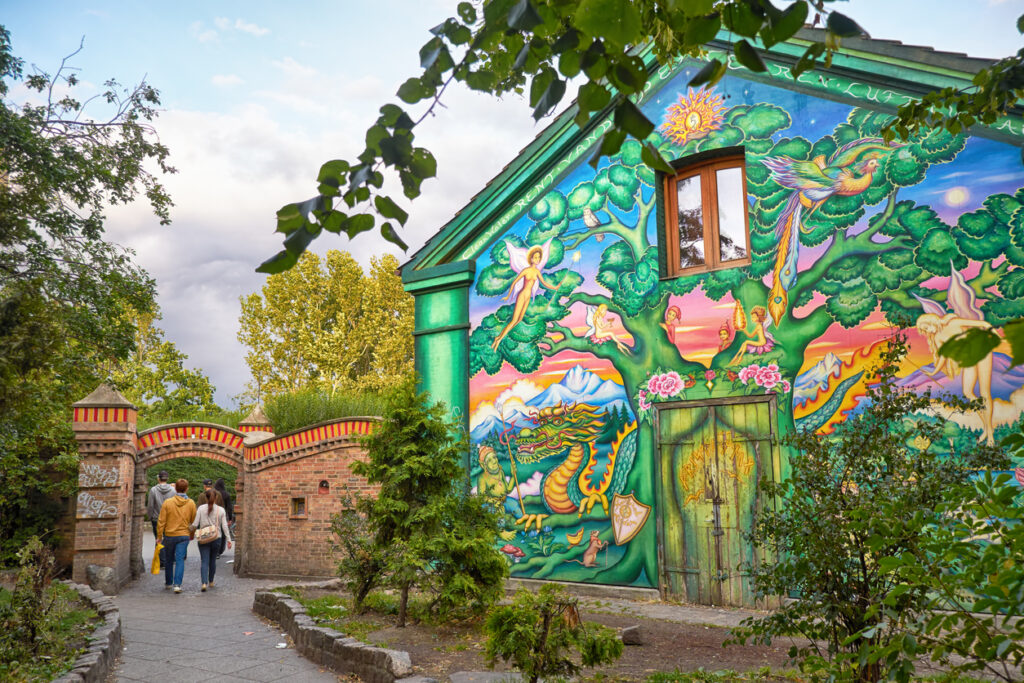
From quiet canals to the vibrant hum of freedom, Christiania is like stepping into an artist’s canvas. This self-proclaimed autonomous neighborhood in Copenhagen is filled with colorful murals, handmade homes, and winding paths that seem to tell a thousand stories. Originally settled by free thinkers and creatives, it still carries that independent spirit, offering a place where unconventional living is celebrated. Street musicians fill the air with sound, and small workshops brim with character. It feels like a world apart from the city surrounding it, reminding you that community can thrive in the most unexpected ways.
28. Longyearbyen, Norway
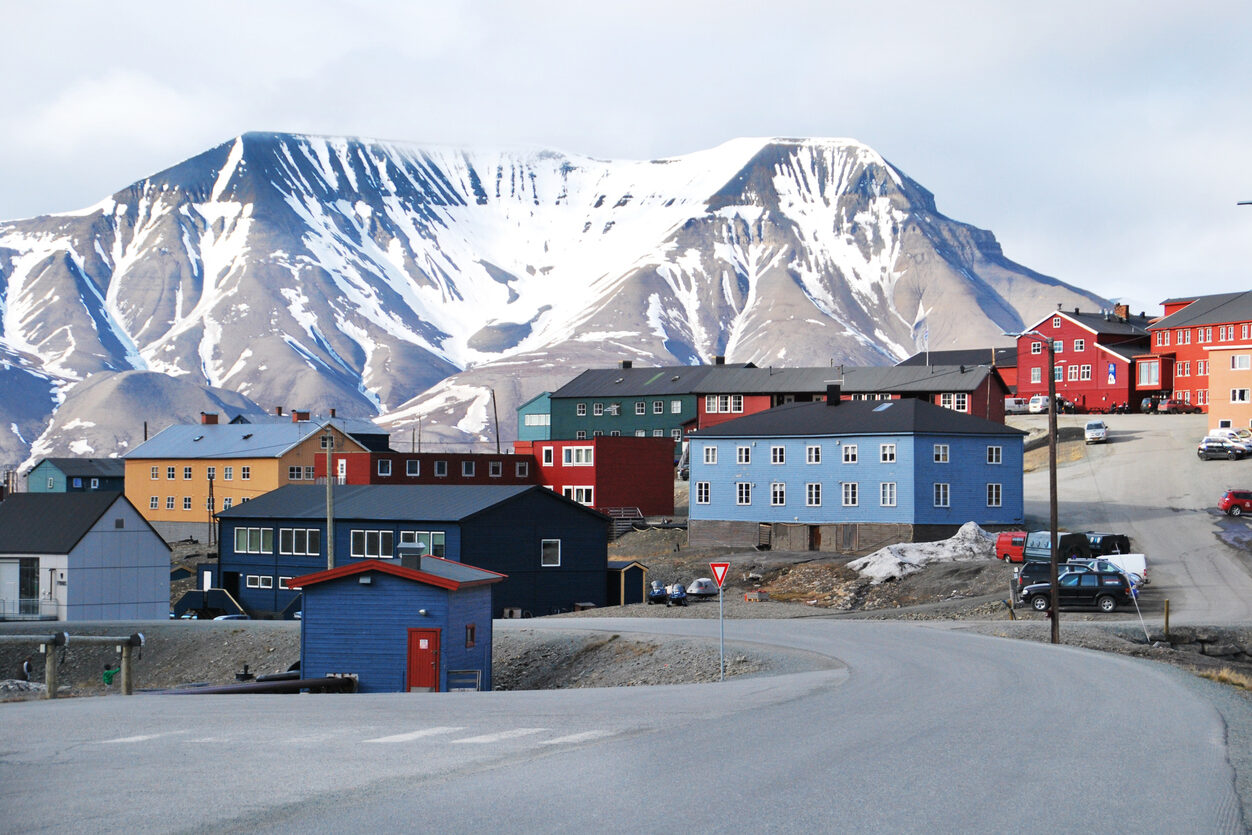
From the colorful freedom of Christiania, we travel far north to a place where even resting in peace is complicated. In Longyearbyen, the ground stays frozen year-round, so bodies cannot decompose. Because of this, burials are not allowed, and those who pass away are flown to the mainland. The town is also home to the northernmost everything, from museums to pubs. Cats are banned to protect the local bird population, and polar bears are a real risk just outside the settlement. Life here is stark yet beautiful, shaped entirely by the icy environment and the resilience of its people.
27. Monowi, Nebraska, USA
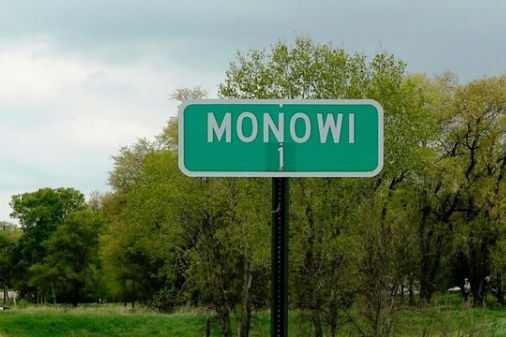
From a place too frozen for burials to one that feels almost too small to be real, Monowi stands alone. This Nebraska town has a population of just one person, Elsie Eiler, who serves as mayor, bartender, and librarian. She runs the only business in town, the Monowi Tavern, where travelers stop to hear her story. Despite being the sole resident, Elsie keeps up municipal duties, including collecting taxes from herself. The quiet streets and empty buildings feel like an open-air time capsule. Monowi is a reminder that community can exist even when it is just one determined person.
26. Aoshima & Tashirojima, Japan
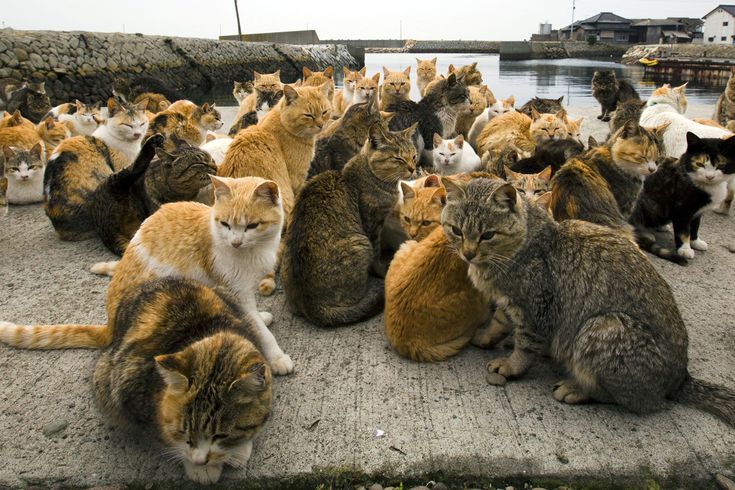
From the quiet of Monowi to islands where you are never truly alone, Aoshima and Tashirojima are ruled by cats. Here, feline residents outnumber humans, wandering freely through fishing villages and lounging in the sun. Locals believe cats bring good fortune, and visitors arrive to see the whiskered majority living without boundaries. Fishers feed them, tourists photograph them, and the cats themselves seem perfectly content with their royal status. Life moves slowly, shaped by the rhythm of paws on stone paths. These islands feel like a cozy dream for anyone who loves animals and quiet coastal living.
25. Whittier, Alaska
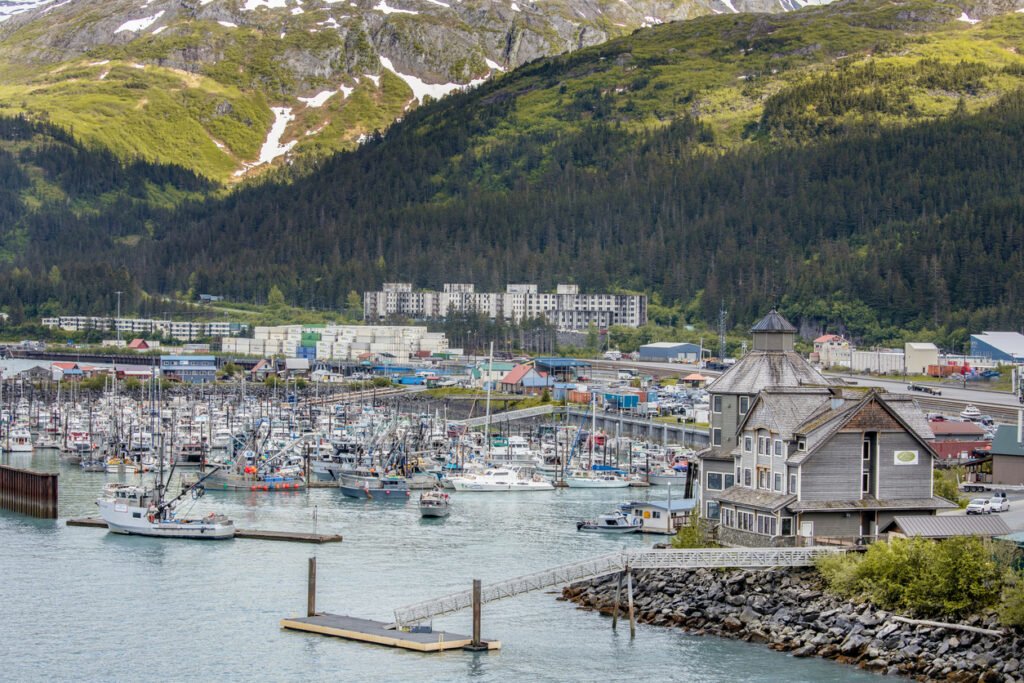
From cat kingdoms to a place where almost everyone shares the same roof, Whittier offers a rare kind of closeness. Nearly the entire town lives and works in a single 14-story building called Begich Towers. Inside you will find apartments, a school, a grocery store, a post office, and even a small church. Winter storms often make outdoor travel difficult, so this arrangement keeps daily life connected and convenient. Step outside and the dramatic Alaskan wilderness surrounds you, a reminder of why living together makes sense here. Whittier feels both contained and expansive at the same time.
24. Coober Pedy, Australia
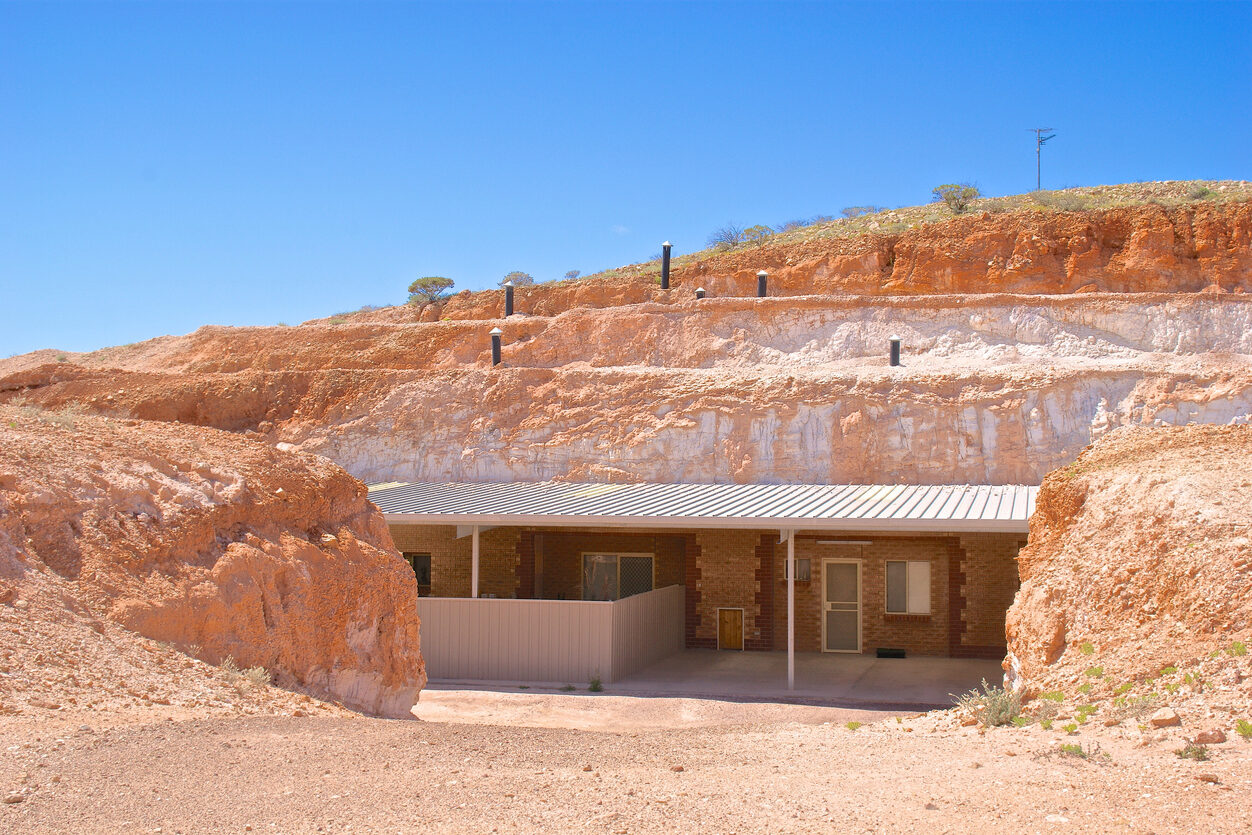
From life stacked high in Alaska to life hidden below ground, Coober Pedy redefines adaptation. In the scorching Australian outback, temperatures can be unbearable, so residents have carved their homes, shops, and even churches into the rock beneath the desert. These underground dwellings stay cool year-round, offering relief from the heat above. The town is also famous for opal mining, and its landscape is dotted with mounds from decades of digging. Walking through its tunnels feels like exploring another world, where necessity has created an entirely unique way of living. Coober Pedy is truly a city beneath a city.
23. Imber, England
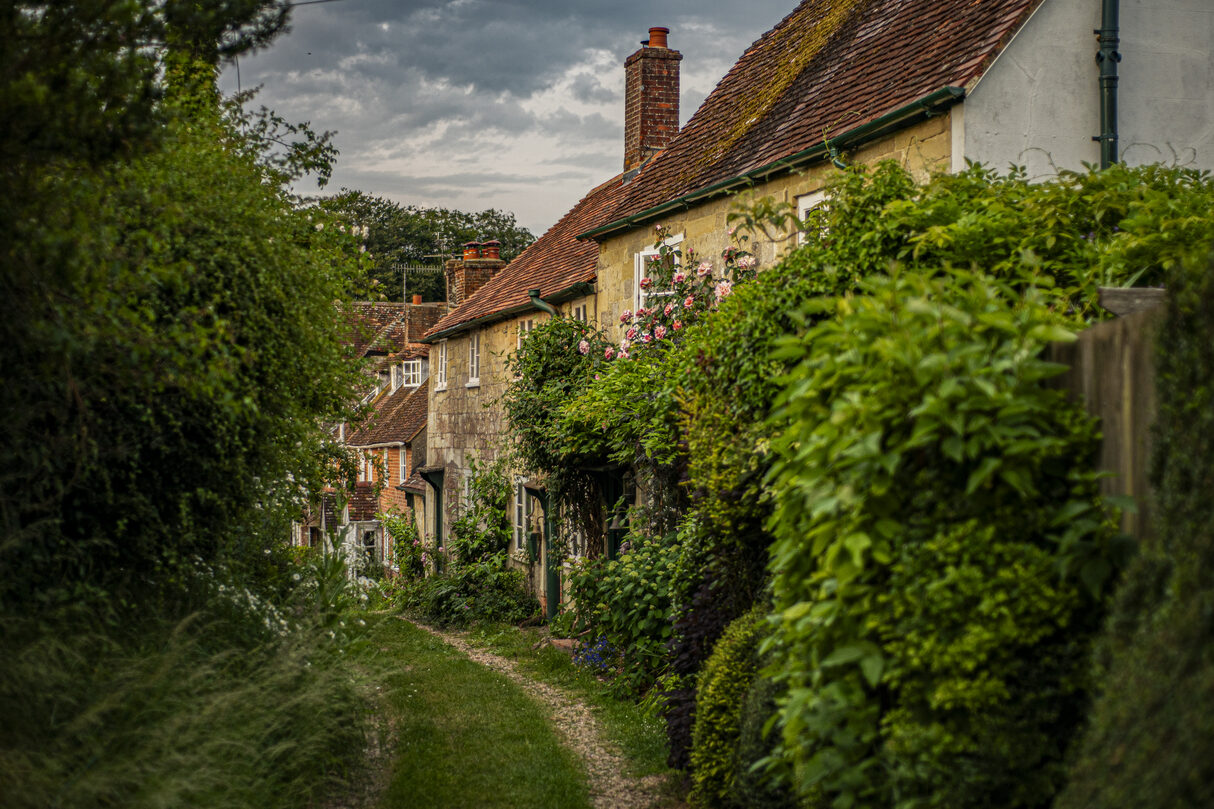
From an underground refuge to a village lost to time, Imber’s story is tinged with absence. Once a thriving rural community, it was evacuated during World War II so the British Army could use it for training. The residents were never allowed to return, and today it remains under military control. The church still stands, and a few original buildings are left, but the streets are mostly silent except for occasional training exercises. Visitors are only allowed in at certain times of year. Imber feels frozen, as though it is waiting for people who will never come home.
22. Slab City, California
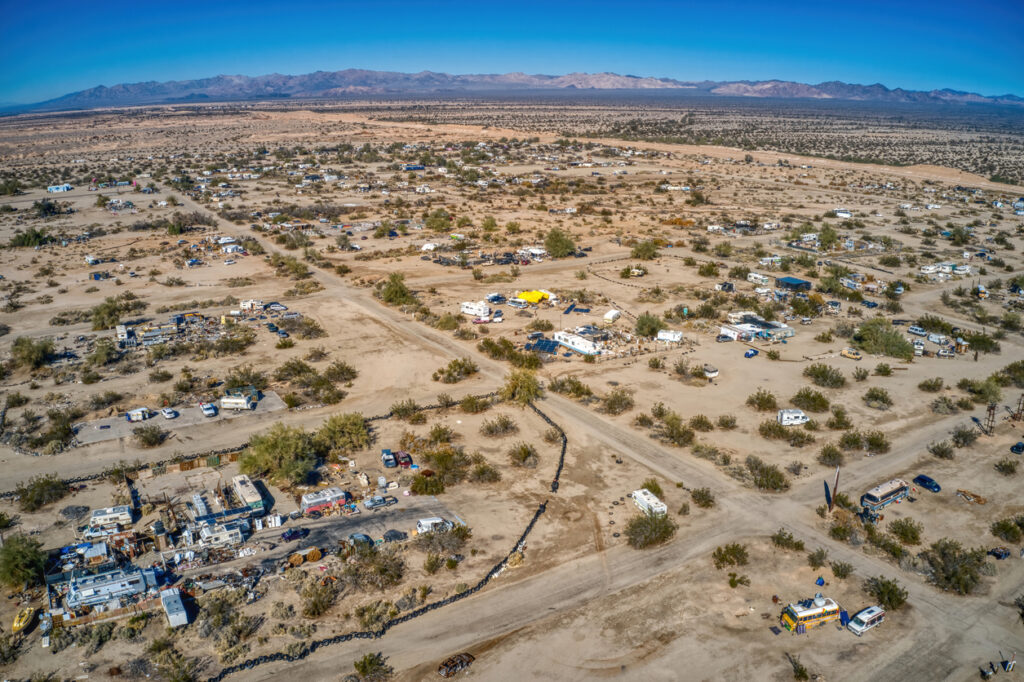
From a controlled military village to a place with no rules at all, Slab City thrives on its own definition of freedom. Located in the California desert on the site of a former military base, it is home to artists, travelers, and those who choose to live completely off the grid. There is no electricity, no running water, and no rent. Makeshift homes, colorful art installations, and open-air gatherings fill the landscape. While life here is tough, it draws people who value independence above comfort. Slab City feels raw and unconventional, a space where community grows without boundaries.
21. Centralia, Pennsylvania
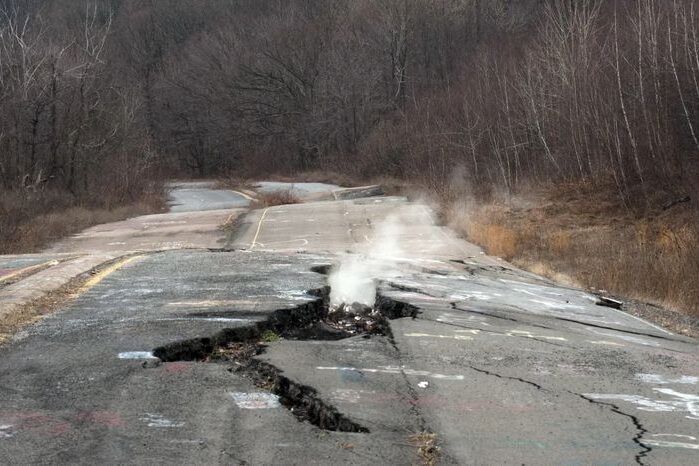
From freedom under the sun to a town haunted from below, Centralia has been burning for decades. In 1962, an underground coal seam caught fire and has never been extinguished. The blaze forced most residents to leave, leaving behind cracked roads, empty homes, and smoking ground. Only a handful of people still live here, refusing to let go despite the danger. The eerie quiet is broken only by the occasional hiss of steam rising from fissures. Centralia’s story is a strange mix of resilience and tragedy, a reminder that the earth can quietly reclaim what people have built.
20. Villa Epecuén, Argentina
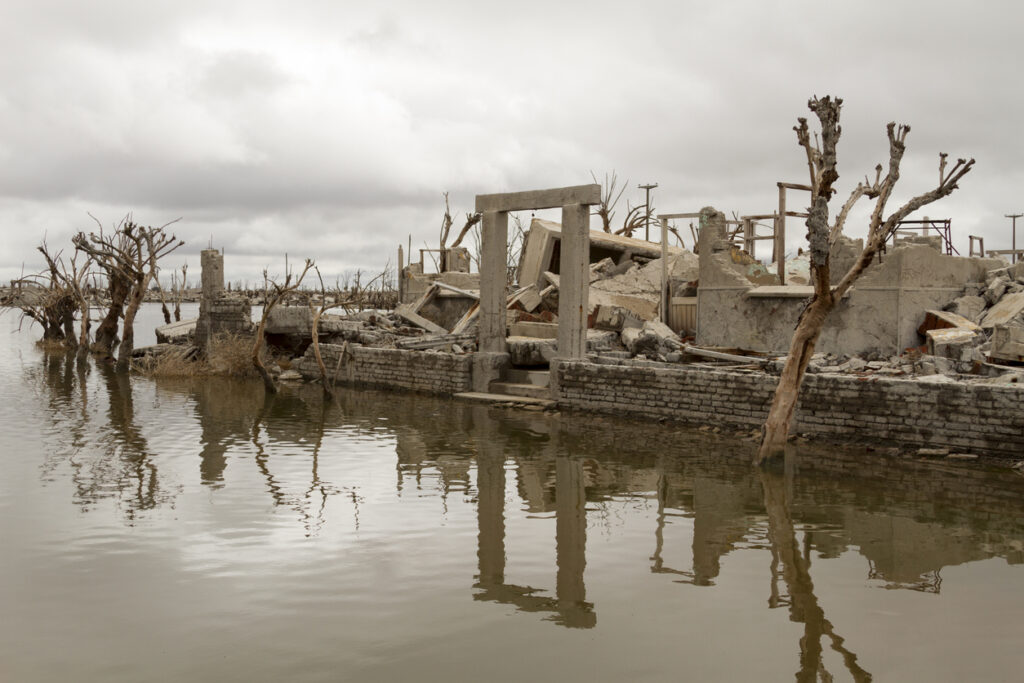
From a town burning underground to one that vanished under water, Villa Epecuén’s story is haunting. Once a thriving lakeside resort, it was submerged in 1985 when a dam broke, flooding the entire area. For 25 years, it lay hidden beneath the surface until the waters receded, revealing salt-bleached ruins. Streets, buildings, and rusted cars emerged like a ghostly photograph of the past. Former residents sometimes return to walk through what is left, remembering the bustling community it once was. Villa Epecuén feels like a reminder that nature always has the final say in shaping our world.
19. Wittenoom, Australia
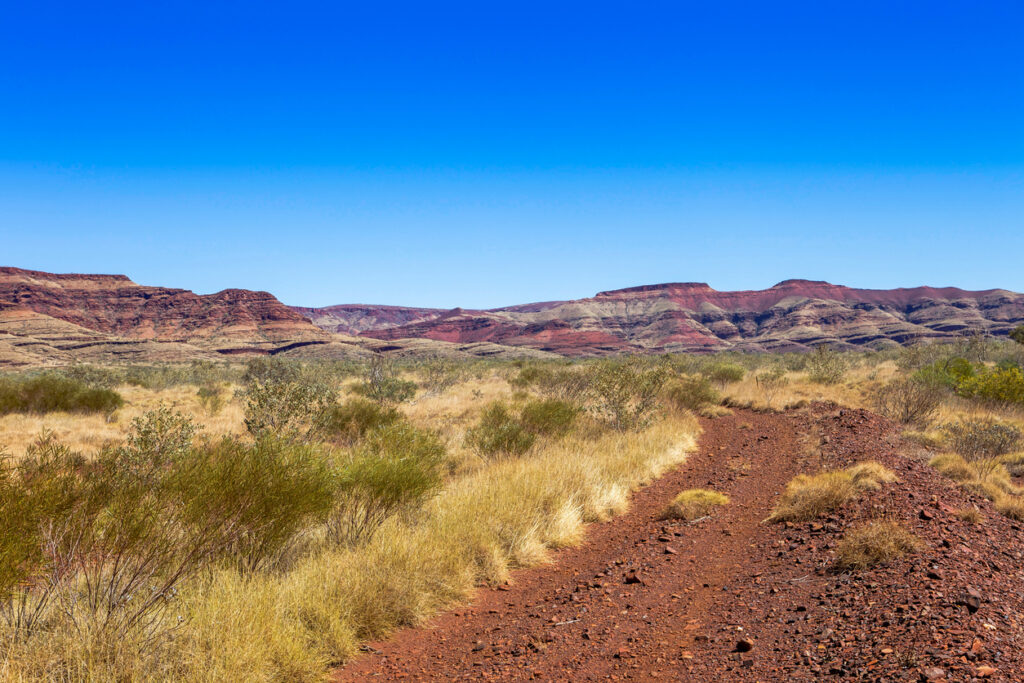
From a submerged memory to a place officials want forgotten, Wittenoom is a ghost town with a dangerous past. Once a booming asbestos mining center, it was abandoned after the health risks became undeniable. The government removed it from official maps and warned people to stay away, yet a few stubborn residents remain. The empty streets and decaying homes sit under a bright Australian sky, silent except for the wind. It feels unsettling to stand in a place that authorities wish would disappear. Wittenoom is a town shaped by industry and erased by its deadly consequences.
18. Bodie, California
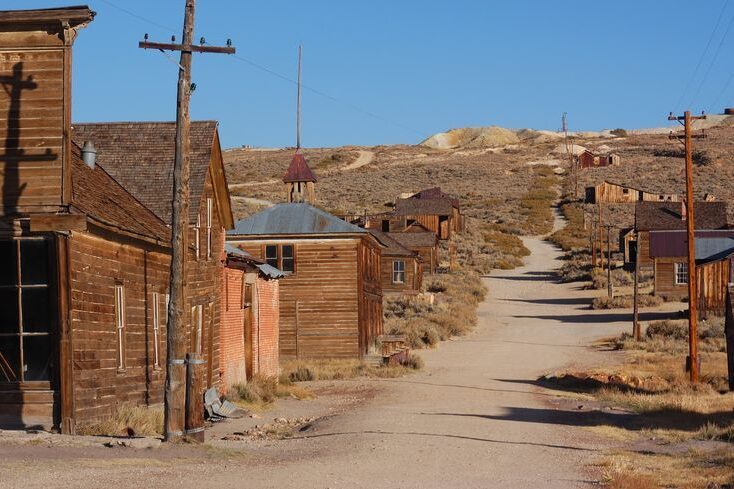
From a forgotten hazard to a preserved piece of history, Bodie sits frozen in the late 1800s. Once a bustling gold rush town, it was abandoned when the mines ran dry. Today, its weathered saloons, schoolhouses, and homes remain in a state of “arrested decay,” cared for by park staff. Walking through Bodie feels like stepping into another century, where you can almost hear the creak of wooden floors and distant piano music. It is a place where the past has been carefully kept alive, offering a rare window into the grit and dreams of early frontier life.
17. Hashima Island, Japan
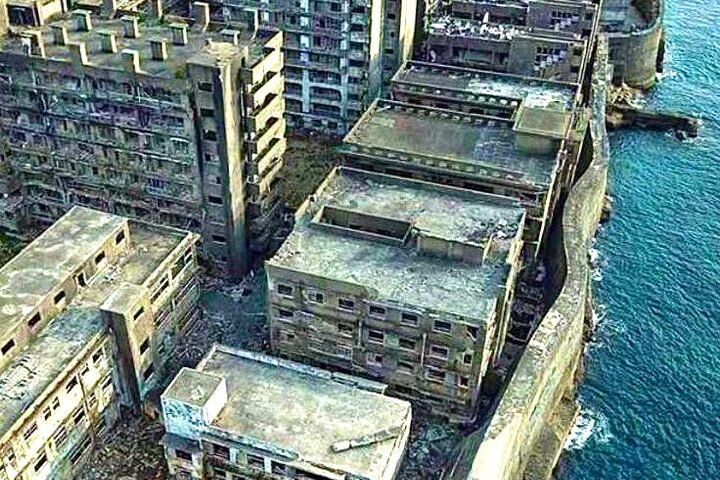
From dusty western streets to a fortress at sea, Hashima Island rises from the water like a concrete battleship. Once one of the most densely populated places on earth, it was home to coal miners and their families. When the mines closed in the 1970s, everyone left, and the tightly packed buildings began to crumble. Nature and saltwater have worn its walls, leaving it looking like the set of an abandoned film. Visiting Hashima is like seeing a city that simply walked away from itself, leaving only the shell of what once was thriving life.
16. Pripyat, Ukraine
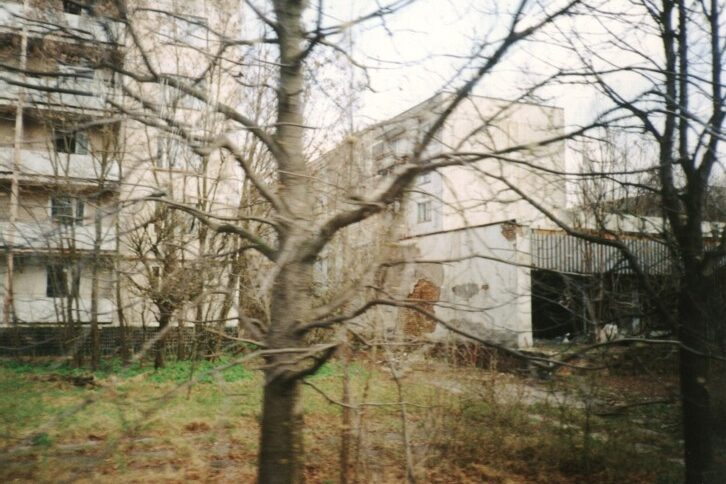
From an island fortress to a city stopped in its tracks, Pripyat remains one of the most chilling examples of sudden abandonment. Once a bustling Soviet city built for Chernobyl workers, it was evacuated in 1986 after the nuclear reactor meltdown. Homes, schools, and amusement parks were left as they were, with toys scattered on floors and calendars frozen in time. Trees and plants have taken over the streets, growing through cracks in concrete. Pripyat is silent yet alive with the slow return of nature. It is a place where history stands still, telling a story without words.
15. Serjilla, Syria
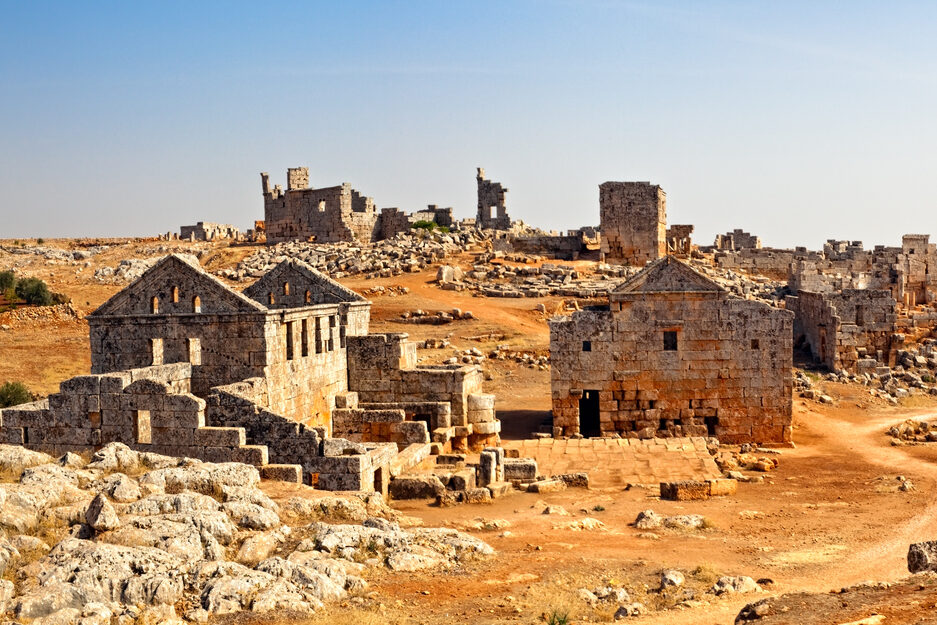
From a modern tragedy to an ancient silence, Serjilla sits untouched in the hills of Syria. Abandoned since the 7th century, this stone village was once part of a thriving Byzantine settlement. Today, its homes, courtyards, and baths remain remarkably intact, offering a glimpse into life more than a thousand years ago. The air feels heavy with time, and walking through its deserted streets is like moving through a living museum. Serjilla is proof that entire communities can vanish yet leave behind a lasting record of their existence, carved into the very stones that once sheltered them.
14. Concrete City, Pennsylvania, USA
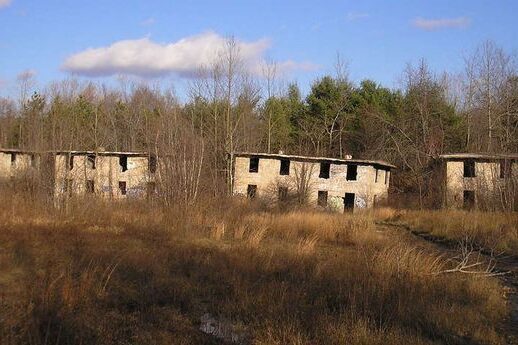
From ancient ruins to a modern experiment gone wrong, Concrete City was built in 1911 as company housing for coal miners. The entire neighborhood was made from poured concrete, designed to be durable and efficient. Workers disliked it, finding the homes cold and uncomfortable, and the project was abandoned within a decade. Today, the stark gray buildings remain, weathered but standing strong. Graffiti covers the walls, and urban explorers wander its empty rooms. Concrete City feels like a reminder that not every innovation becomes a success, and that even sturdy foundations can be left behind.
13. Varosha, Cyprus
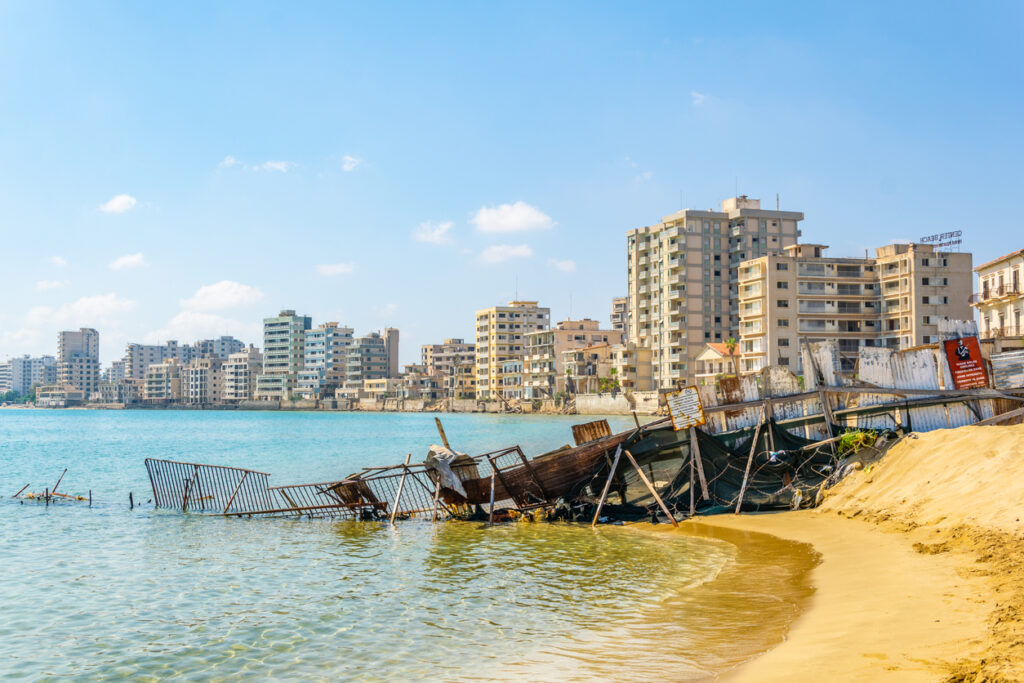
From failed housing to a paradise on pause, Varosha was once a glamorous resort area filled with luxury hotels and sandy beaches. In 1974, war forced everyone to leave, and the area was sealed off. For decades, it sat behind fences, untouched and slowly decaying. Empty hotels tower over silent streets where no footsteps sound. The ocean still laps the shore, but there are no beach chairs, no laughter, no visitors. Varosha feels like a dream that has been left in a drawer, waiting for a time when it might be woken again, though no one knows if it will.
12. St. Thomas, Nevada, USA
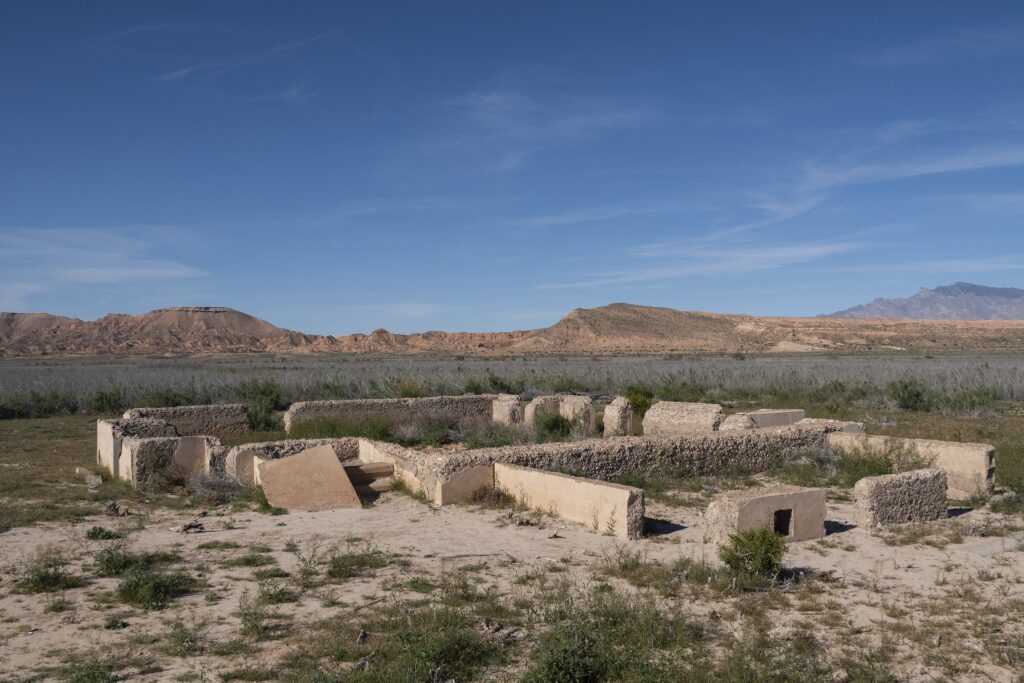
From a resort locked in time to one hidden underwater, St. Thomas vanished in the 1930s when Lake Mead’s waters rose. For decades, it lay submerged, its streets and buildings buried beneath the lake. As water levels dropped in recent years, the ghost town reappeared, sun-bleached and silent. Visitors can now walk among the ruins, tracing what were once roads and doorways. It is strange to imagine daily life here, suddenly swallowed by water. St. Thomas stands as a reminder of how landscapes can shift and how entire communities can be lost, only to resurface in another lifetime.
11. Gamsutl, Russia
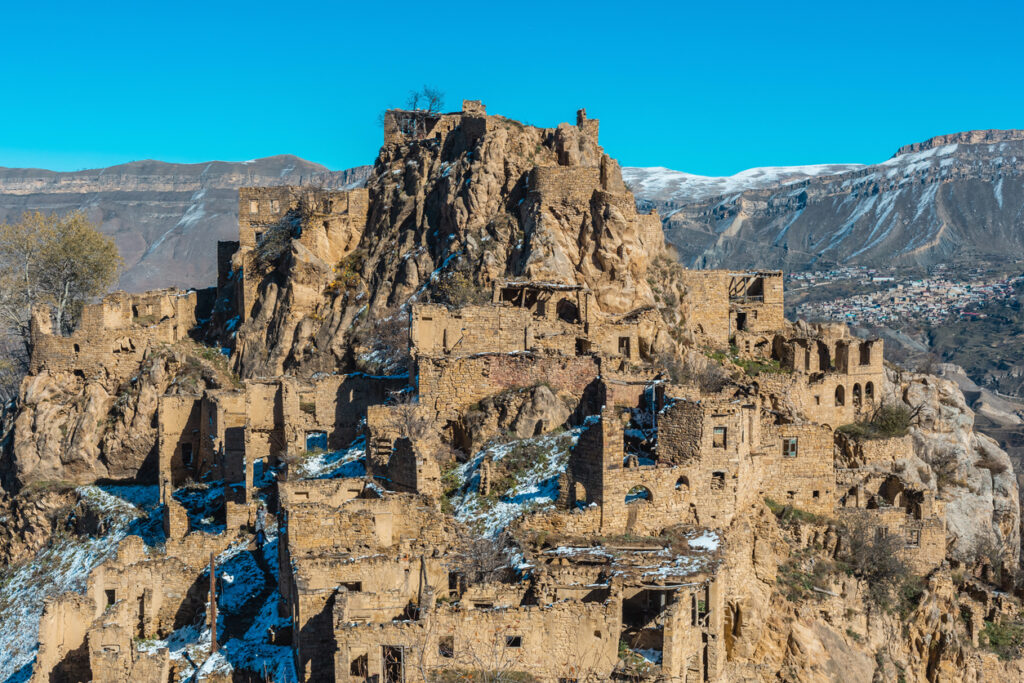
From water-lost streets to heights above the clouds, Gamsutl clings to the cliffs of Dagestan. This ancient village has been deserted for decades, its stone houses and winding paths still intact. The views stretch endlessly over mountains, and the silence is broken only by the wind. Locals call it the “Machu Picchu of Dagestan,” and visiting feels like stepping into a forgotten kingdom. Once home to hundreds, it now has no permanent residents. Gamsutl feels like it is holding its breath, preserving the stories of those who once lived here, high above the rest of the world.
10. Ordos (Kangbashi), China
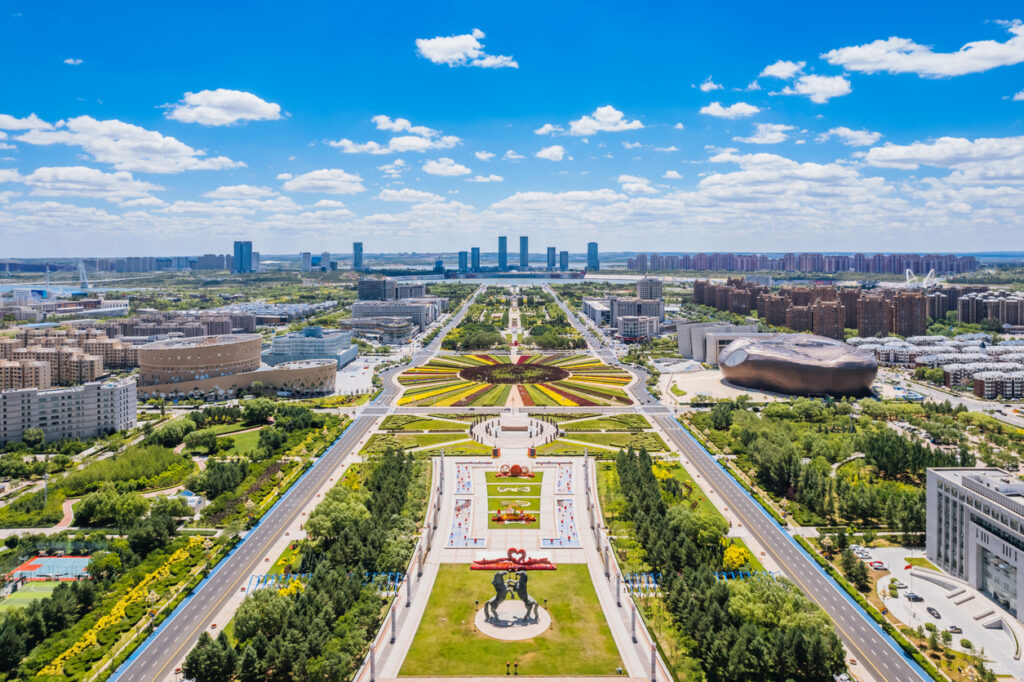
From ancient heights to modern ambition, Ordos was built to house a million people, with grand stadiums, museums, and plazas. Yet its population remains only a fraction of that, leaving wide boulevards empty and buildings unused. The city’s design is striking, but the lack of life gives it an otherworldly stillness. Walking here can feel like being in a film set between takes, waiting for extras to arrive. Ordos is a reminder that building a city is not the same as building a community, and that space without people can feel lonelier than any remote wilderness.
9. Naypyidaw, Myanmar
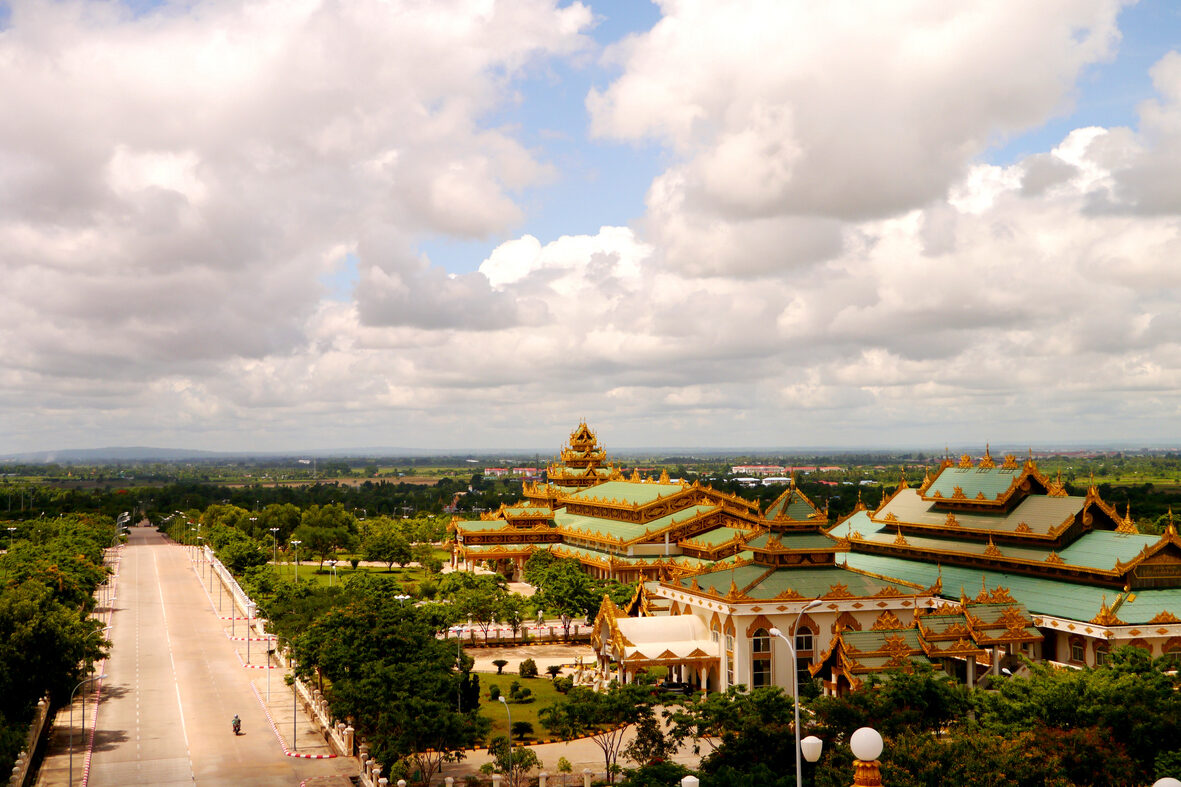
From a city of few residents to a capital built on an even larger scale, Naypyidaw is vast but sparsely populated. Its roads are so wide that you could stand in the middle and not see another car for minutes. Government complexes and luxury hotels sit far apart, giving it an almost surreal emptiness. Despite being the official capital since 2005, it feels more like a display of infrastructure than a living city. The stillness is striking, making Naypyidaw one of the most unusual capitals in the world, built grandly yet missing the everyday hum of real urban life.
8. Dallol, Ethiopia

From quiet capitals to a land where heat rules everything, Dallol is extreme in every way. Situated in Ethiopia’s Danakil Depression, it holds the record for the highest average temperature for a permanently inhabited location. Acid pools, salt formations, and bursts of yellow and green minerals make it look alien. It was once a mining settlement, but conditions proved too harsh for long-term living. Today, only the colorful landscape remains, shaped by volcanic activity. Dallol feels like another planet on Earth, a place where survival is fleeting and the environment dictates every step humans can take.
7. Zheleznogorsk, Russia
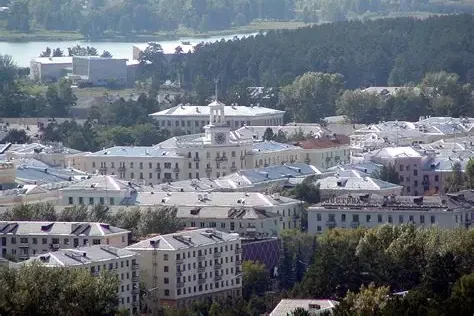
From a place ruled by nature to one hidden by secrecy, Zheleznogorsk was built for nuclear weapons production and did not appear on maps during the Soviet era. Residents needed special permission to live there, and outsiders were rarely allowed in. Even today, it remains a closed city with restricted access. Streets are orderly, and daily life goes on quietly, but its purpose has always been cloaked in mystery. Zheleznogorsk is a reminder that some cities are shaped not by trade or geography, but by the need to hide what they truly are from the rest of the world.
6. Kowloon Walled City, Hong Kong (Historical)
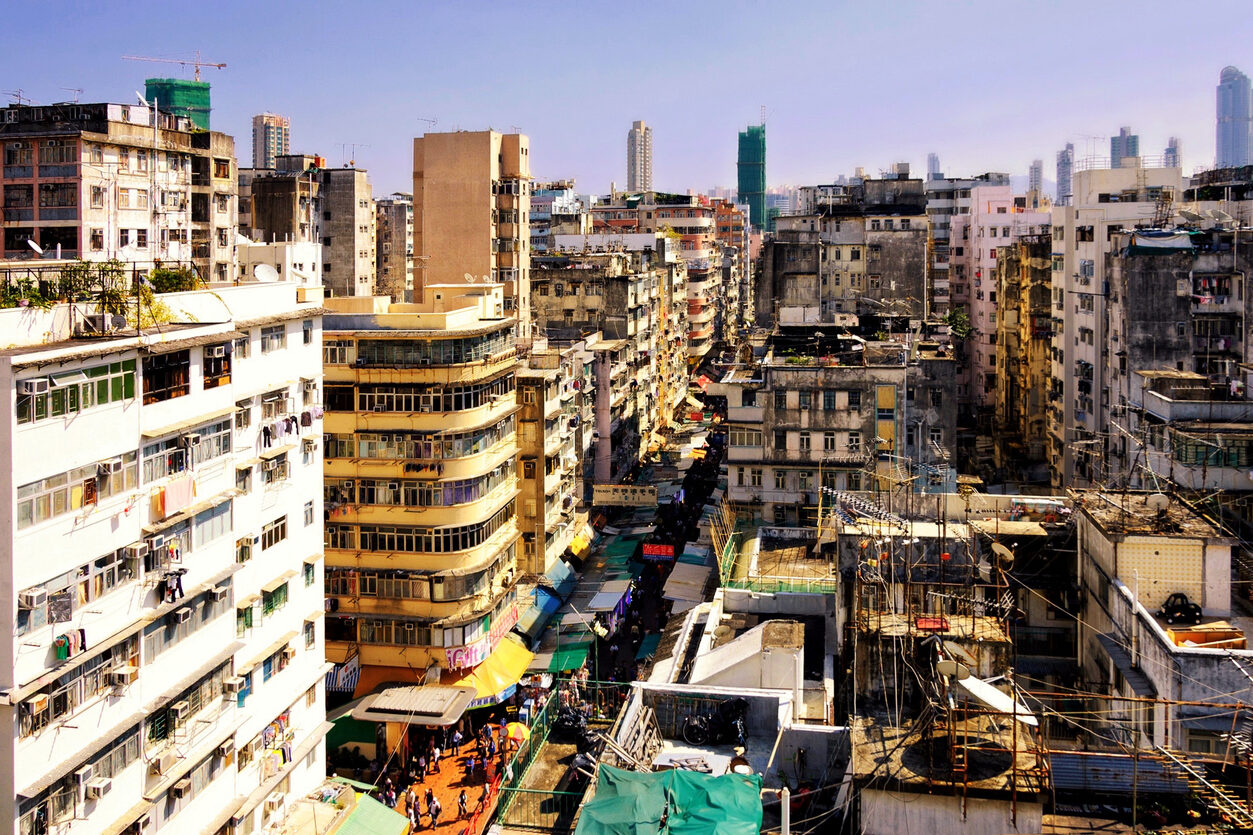
From hidden towns to one crammed in plain sight, Kowloon Walled City was once the most densely populated place on Earth. More than 30,000 people lived within its six-acre footprint, stacked in towering, interconnected buildings. There were no official streets, just narrow corridors and stairways winding through the maze. Sunlight rarely reached the ground, yet life thrived with shops, schools, and workshops packed inside. It was demolished in 1993, but stories of its chaotic, self-governed life still fascinate. Kowloon was proof that a city’s shape depends less on space than on how people adapt to it.
5. Ghost Island (Hashima), Japan
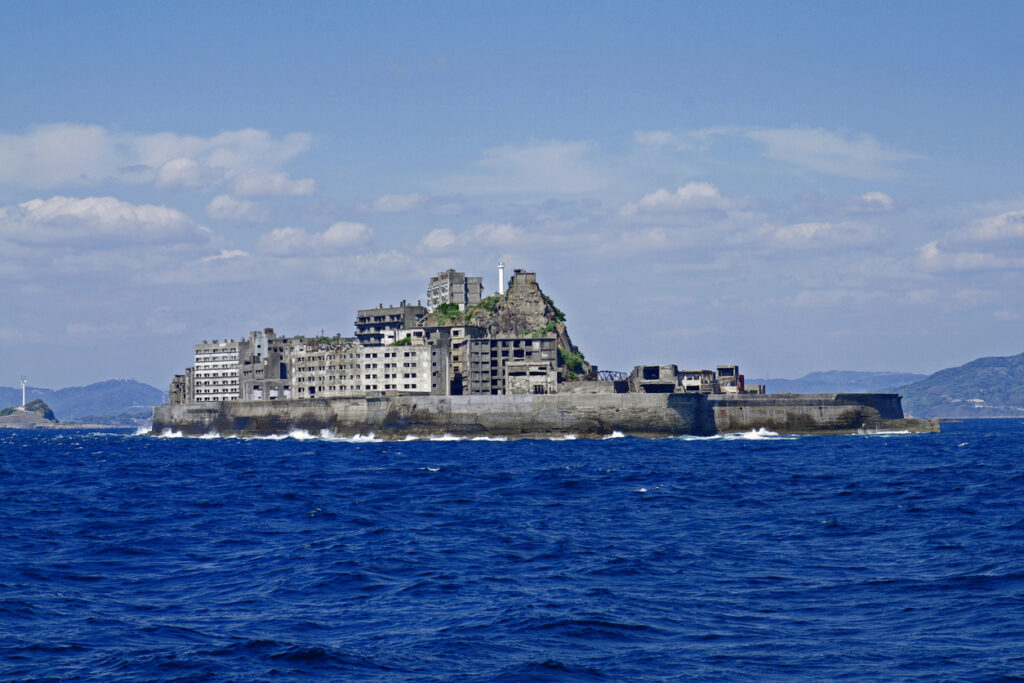
From vertical walls to a fortress adrift, Hashima, also known as Ghost Island, once bustled with coal miners and their families. It had apartment blocks, schools, and shops all squeezed onto a small rocky outcrop in the sea. When the coal ran out, the residents left, and the ocean began reclaiming the concrete. Today, the empty buildings and salt-streaked walls stand as a stark silhouette against the horizon. Visiting Ghost Island feels like stepping into a story of sudden departure, where the wind and waves tell the only remaining tales of life that once thrived there.
4. Ashgabat, Turkmenistan
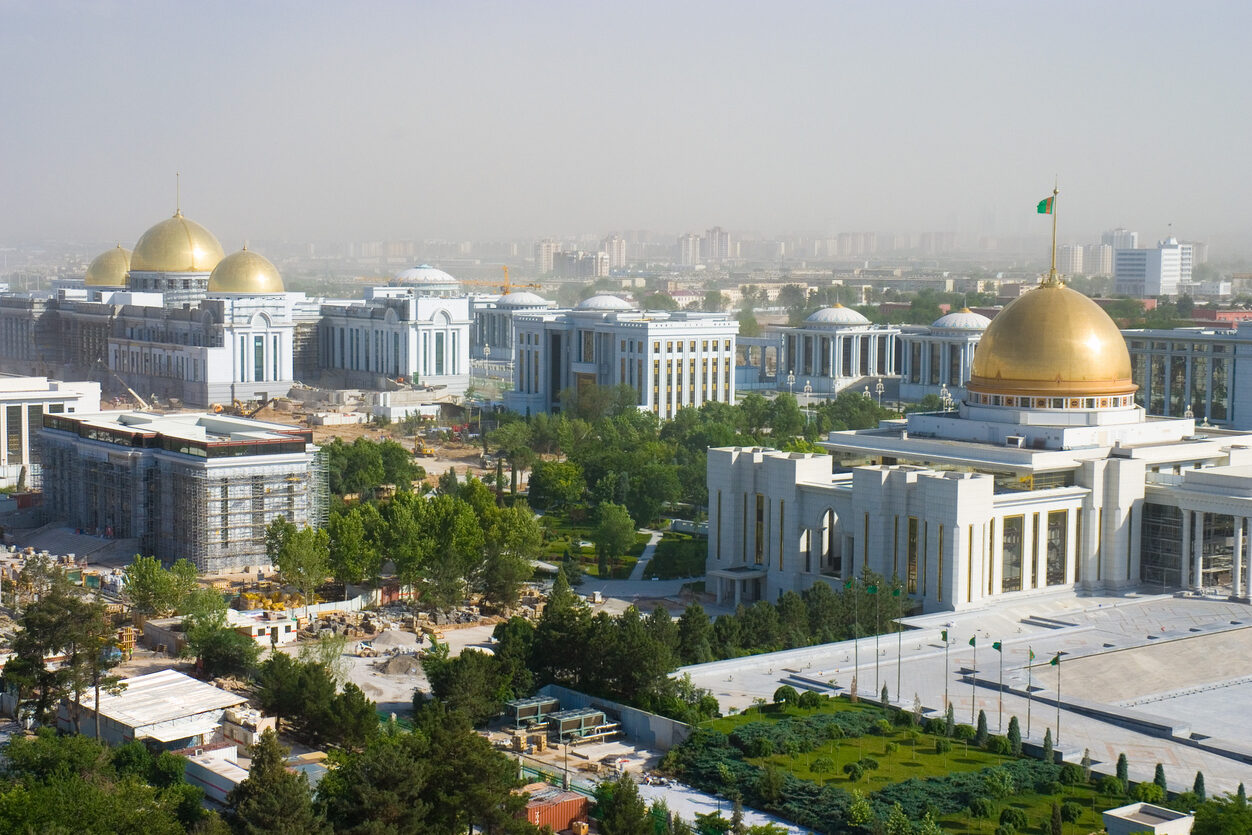
From a crumbling island to a city that gleams untouched, Ashgabat is covered in white marble and adorned with golden statues. It holds the record for the most marble buildings in one place, yet many of its grand streets are eerily empty. Built as a showpiece capital, it feels more like a monument than a home for its residents. Perfectly manicured parks and spotless sidewalks stretch on without the bustle of everyday life. Ashgabat is stunning to look at but strangely quiet, like a postcard of a city that has never been fully lived in.
3. Varosha & Wittenoom
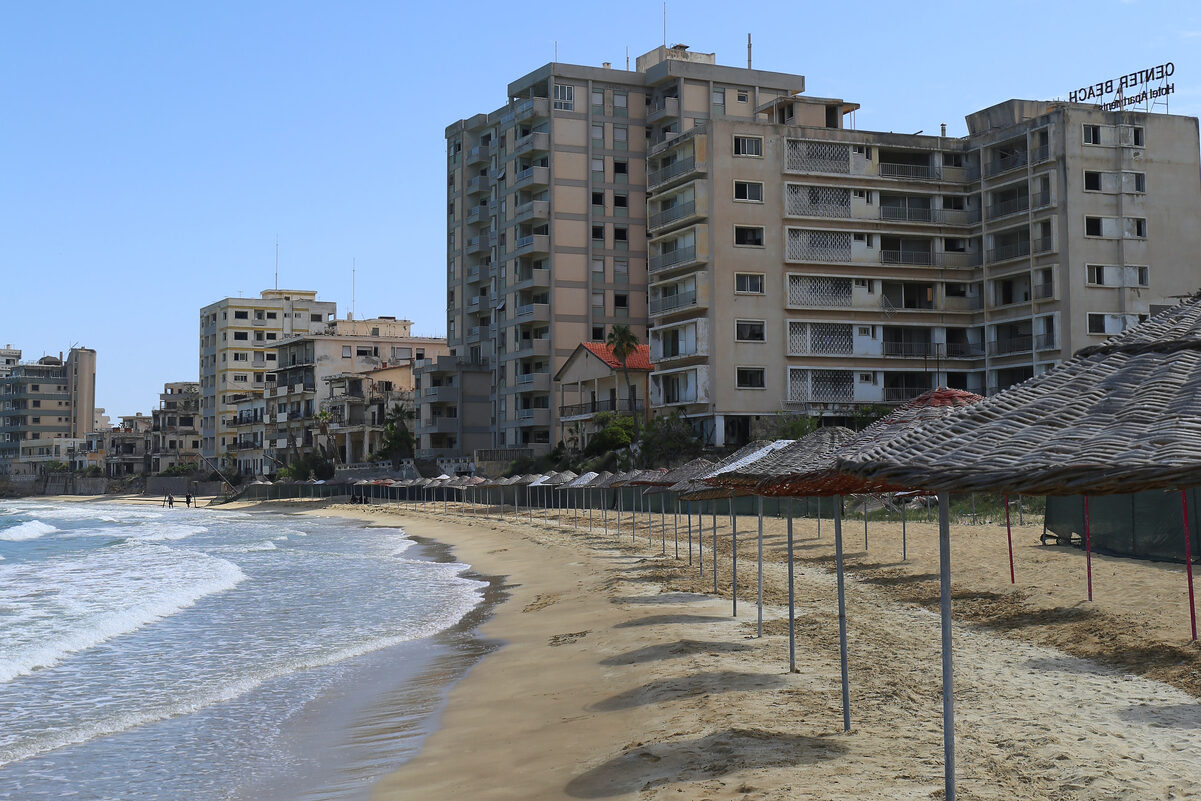
From polished marble to cities sealed away, Varosha in Cyprus and Wittenoom in Australia share a strange fate. Varosha was abandoned after conflict in 1974, its resorts locked behind fences for decades. Wittenoom was emptied due to deadly asbestos contamination, erased from maps but still stubbornly inhabited by a few. Both are forbidden places, shaped by forces larger than themselves, and both carry a lingering stillness. They remain reminders that cities can be lost to war or poisoned by industry, leaving only hollow shells where communities once thrived. Their silence speaks louder than any official warning ever could.
2. The Dead Zone Border Villages, DMZ (North Korea)
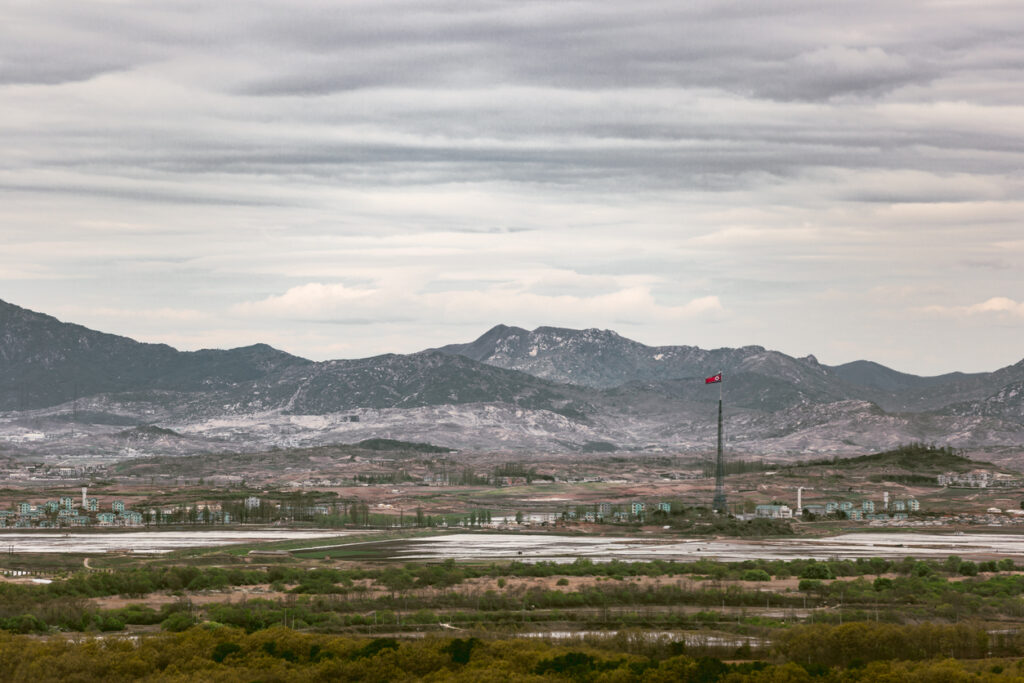
From real cities with tragic pasts to ones that were never meant to be lived in, the villages along the North Korean side of the Demilitarized Zone are designed for display. Buildings have painted windows, and lights are turned on at scheduled times to give the illusion of life. Loudspeakers broadcast propaganda across the border. These villages exist to be seen from afar, their emptiness hidden behind a carefully staged façade. They are a reminder that sometimes a city’s purpose is not to house people, but to tell a story to those watching from the outside.
1. Pyongyang, North Korea
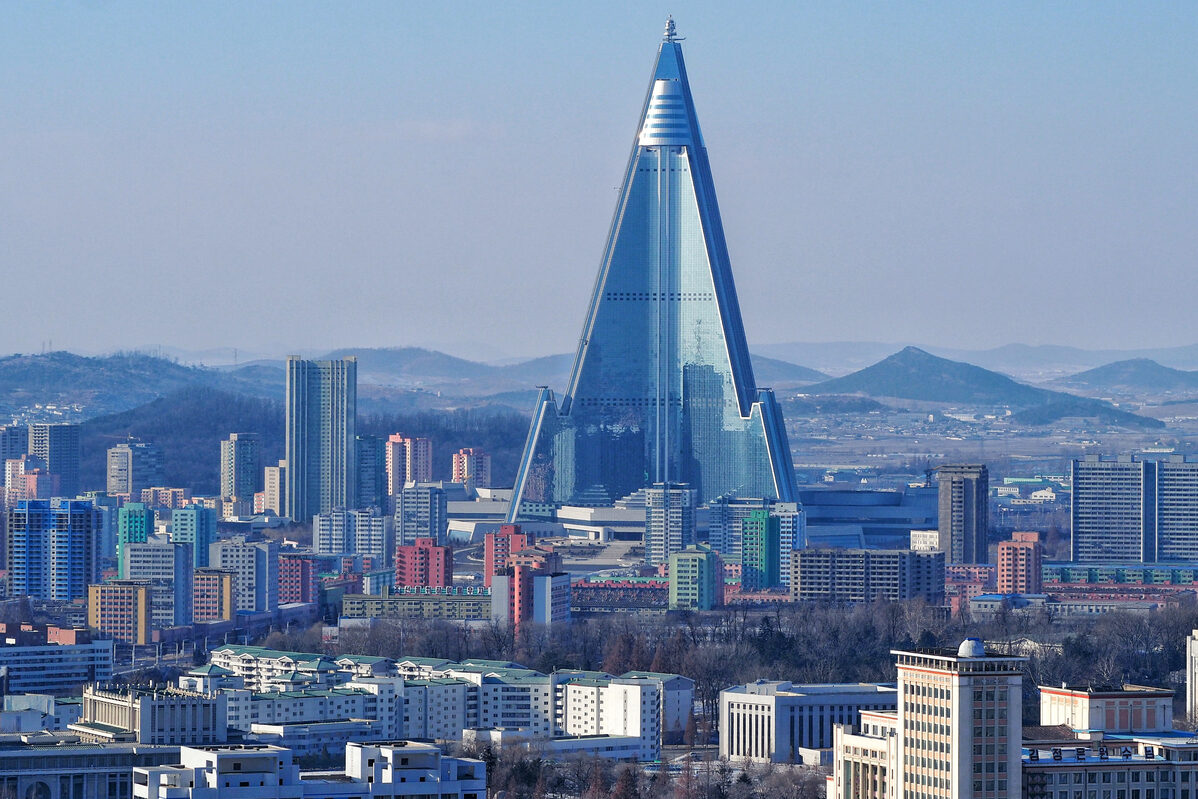
From fake villages to a capital city built on performance, Pyongyang is tightly controlled in what it shows to outsiders. Streets are wide and clean, with carefully arranged monuments and synchronized events. Visitors are guided on fixed routes, seeing only what is meant to be seen. Daily life for residents is equally choreographed, from parades to public gatherings. While it appears vibrant and orderly, much of its life is staged for display. Pyongyang stands as the ultimate example of a functioning city that feels unreal, a place where reality and performance blend until they are impossible to separate.
This story 31 of the Weirdest Cities on Earth, Ranked from Just Plain Odd to Totally Unreal was first published on Daily FETCH


